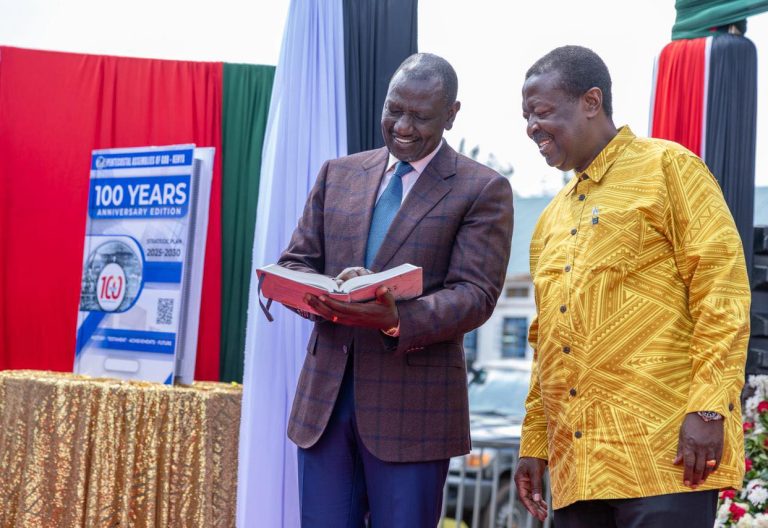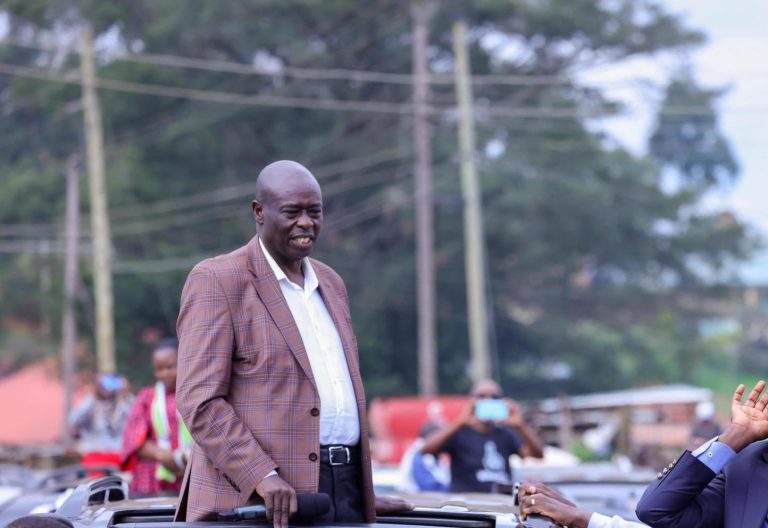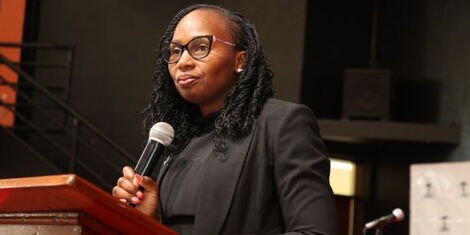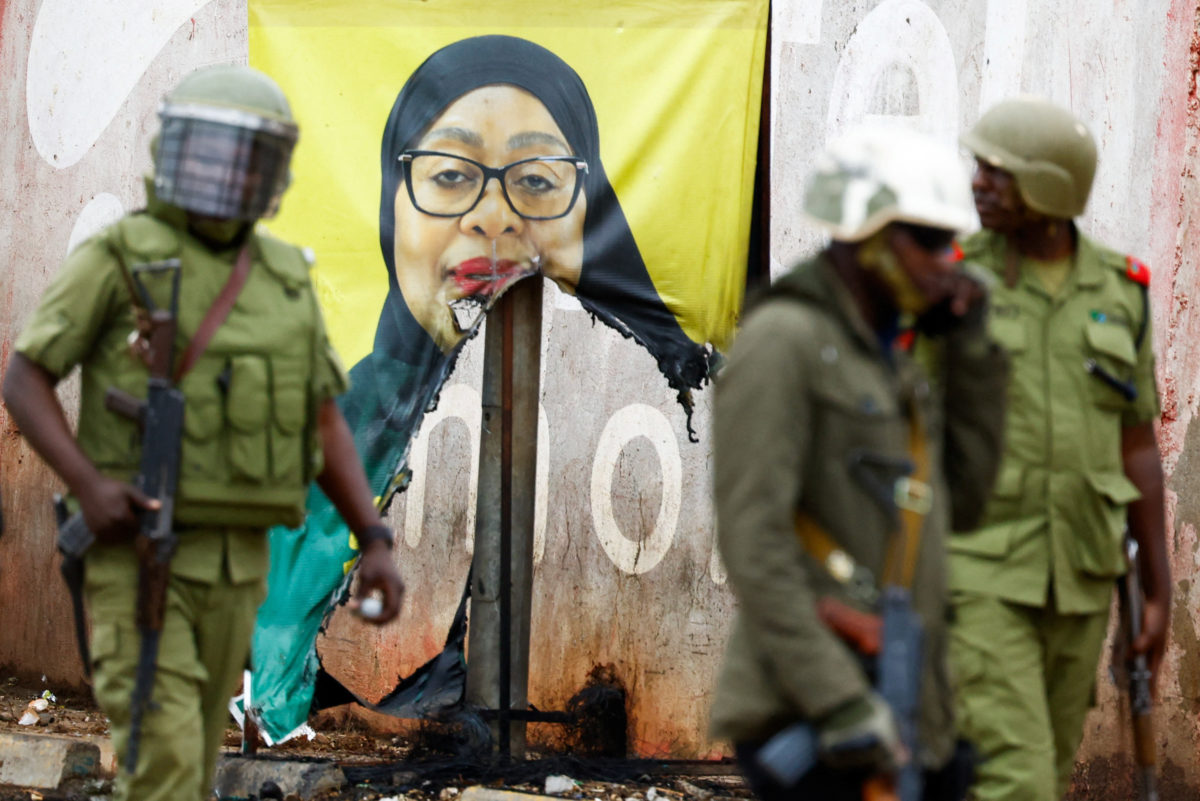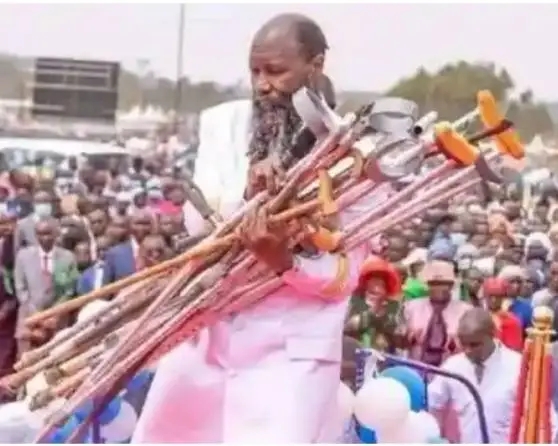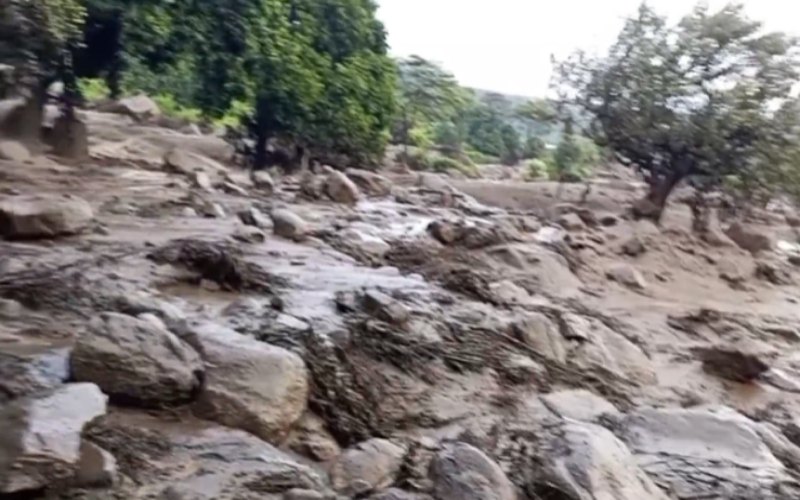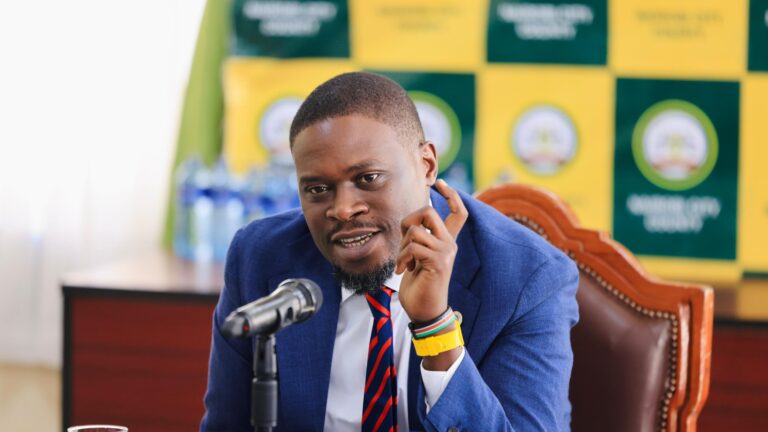
In a breathtaking twist that has jolted the city’s political landscape, ODM leader Raila Odinga has leaped into action to rescue Nairobi Governor Johnson Sakaja from an impeachment whirlwind threatening to upend his tenure.
Sakaja, elected under the UDA banner, now stands on the precipice of removal as more than 84 Nairobi Members of County Assembly (MCAs)—surpassing the constitutional threshold of 82—have signed an impeachment motion citing over 20 charges, including alleged misuse of public funds, failure to deliver on campaign promises, stalled ward development projects, and corruption in the school feeding programme.
Alarm bells sounded early Monday when reports emerged that Raila Odinga convened a high-stakes meeting at his Karen residence on August 29, attended by top Nairobi Assembly leadership and Governor Sakaja himself.
Despite hours of discussion, the gathering failed to quell the impeachment drive .Undeterred, Raila orchestrated yet another strategic meeting at the Jaramogi Oginga Odinga Foundation, bringing together key political figures—Speaker Ken Ng’ondi, Majority Leader Peter Imwatok, Chief Whip Moses Ogeto, and Finance & Budget Committee Chairman Wilfred Odalo—alongside Sakaja.
The objective was clear: diffuse the impeachment crisis and salvage Sakaja’s administration.However, voices in the Assembly remain defiant.
Kileleshwa MCA Robert Alai, a leading impeachment advocate, declared with unwavering resolve, “We have the motion ready. We have the charges ready… This time it is a whole House initiative”.
This high-profile intervention by Raila underscores the fraught political reality in Nairobi, where party loyalty, governance performance, and shifting allegiances collide.
Some MCAs appear willing to challenge even their party’s heavyweights—prompting speculation about the limits of Raila’s influence in curbing the growing revolt .Adding to the sense of urgency, the County Assembly is currently on recess and scheduled to reconvene on September 23, according to local reports.
With the governor’s political fate hanging by a thread, the next three weeks could determine whether Sakaja secures a reprieve—or finds himself defending against full-blown Senate prosecution.
At stake is not only the leadership of Kenya’s capital, but a reflection of power dynamics within Odinga’s political circle—and the broader question of whether institutional discipline or individual grievances will shape the city’s governance.


